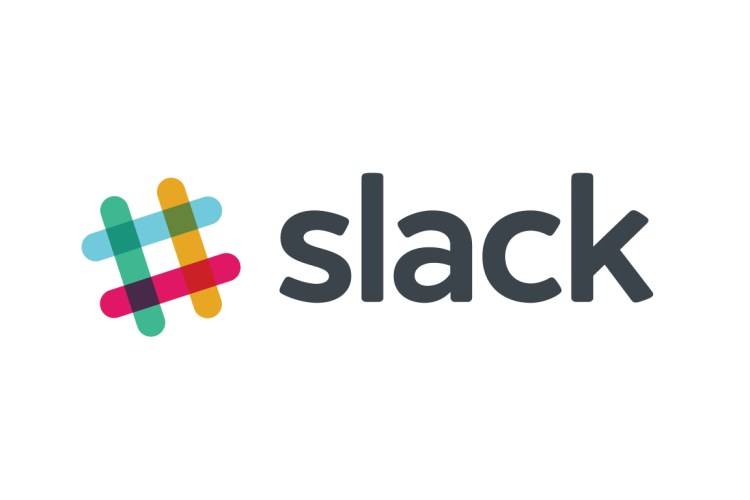It’s good to be part of the Slack ecosystem.
Our bot MailClark is among 600 third-party apps that work on Slack. I like to say we get all the benefits of a flea on the back of an elephant; the beast moves, eats, or grows, and so do we.
But even that metaphor has its limits. Slack wants us there, and it goes out of its way to care for us. Take, for instance, the $80 million venture fund it formed last year exclusively for apps. It already spent $2 million funding companies with apps that work on Slack, typically awarding around $100,000 per company.
Funds like that are old news for larger, more established companies like Microsoft or Google — a way to put fingers in more pots, have an early say in youthful industries, or spice up their hedged assets with a bit of risk. But it’s surprising for a young company like Slack, even with its triple unicorn status. Its funding is still a tiny fraction of its valuation. Why isn’t it spending that money on growing into some of that perceived value, rather than passing it straight through to other apps? What is Slack doing?
I can’t jump into Stewart Butterfield’s head and pull out the answer. But, as a software company, I can tell you that courting developers early is the single best way to keep that added value away from potential competitors.
Here’s an example of how this works (or doesn’t work).
When Windows Phones launched, reviews were outstanding. The devices were crisp and functional, and the companies’ partnerships made for quality, reliable hardware that somehow didn’t cost a mortgage to buy. Everyone had that one friend with a Windows phone, and they were pretty happy. But the single biggest problem was the lack of apps.
Not for want of trying, either: Microsoft pumped out enormous incentives for developers who wrote apps for the company’s phones. In some cases, it handed checks of up to $100,000 simply to get them to port popular apps to its platform. This worked to some degree, but even if these apps were popular, Microsoft couldn’t give users the swarms of options they had with Android or iOS.
The irony is unbelievable, considering Microsoft’s own developer tools were widely used to write the apps that would appear on every mobile platform but their own. But the tech giant was just too late to the game. Developers weren’t willing to devote resources away from the leading platforms just to help Microsoft play catch-up. Slack’s actions guarantee that same fate for future competitors.
What Slack is doing by courting developers is creating a permanent feedback loop: Slack gets more apps for its platform straight out of the gate, which makes its service even more attractive for users. As user counts rise, more developers look at Slack and see dollar signs, and they hop in to create yet more added value. This hooks more users, hooks more developers, users, developers, and so on.
By this point, Slack doesn’t even need a superior service to dominate the market. The difference in size between Slack’s app ecosystem and that of a newcomer is so stark that anyone who tries to compete against Big Slack and its Army of Fleas will quickly go the way of the Windows Phone.
This, mind you, is not the only way Slack is looking forward with its ecosystem. Its API, while quite reasonably open, was also designed specifically with bots in mind. All the necessary calls you need to write a Slack bot are simple and well-documented. The company is not just sowing seeds; it’s sowing the right seeds. What apps are to mobile, bots may very well be to Slack.
In fact, this investment in the proper API calls pales in comparison to the resources Microsoft and Facebook have committed to supporting bot development. But it’s very efficient. When a developer chooses a platform, they have to examine a very large plot to find if it’s a good fit. How much control does the platform assert or claim? Can I stray from their standards and have the bot still work? What’s the pricing model? The user base? Their legal attitudes? Their developer relations ethos? Slack has done such a good job of removing obstacles across the board that it’s an attractive place to build a bot without the company needing to write multi-million dollar supporting framework in an unproven industry.
Yes, there are plenty of good elephants in the herd. With all the different means of communication out there, we will put MailClark on a plethora of platforms, eventually. But as third parties grow, we’re happy to charge into the world together: We get a big brother, and Slack gets a big stick.
VentureBeat's mission is to be a digital town square for technical decision-makers to gain knowledge about transformative enterprise technology and transact. Learn More

